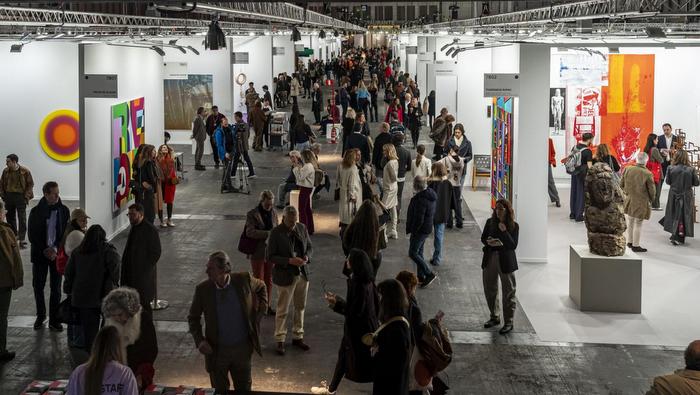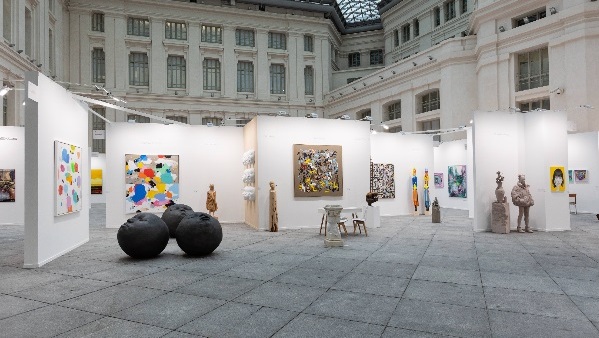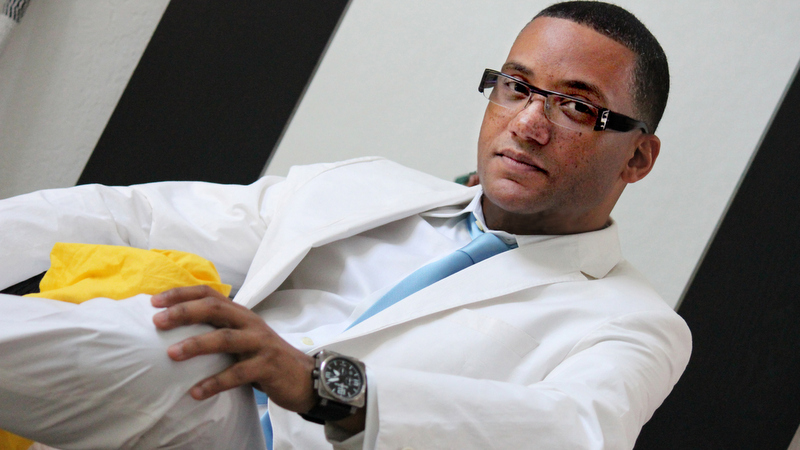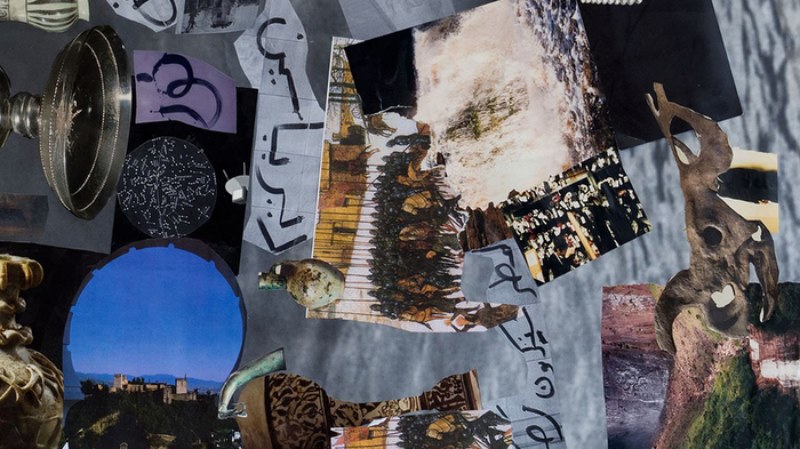The Havana district of San Lazaro is perhaps one of the least known by the inhabitants of this city. Its limits are usually inaccurate because on the one hand it begins on the street of (the) Infanta and its junction with 23rd Street and extends through this artery to the Calzada de San Lázaro; while it goes along the avenue of the Malecón to the Marina Street and has as its closure the avenue that gives its name to the neighborhood. Geographically it is like a bag within the structure of the city; and is the gateway to the Cayo Hueso neighborhood.
The common Havana people do not manage to define this neighborhood, although they know the two symbols that identify it: La Fragua Martiana and the Radio Progreso station building. La Fragua is a place of worship linked to the life of the most illustrious of Cubans; for there were the quarries of San Lazaro where he was imprisoned as a teenager for his patriotic ideas.
The other outstanding space of this city is the building occupied by the radio station Radio Progreso, perhaps one of the most popular stations in the history of Cuban radio broadcasting. The property is witness to those years in the city began its growth; but it was also a meeting place for the great figures of music, not only Cuban, but also internationals who visited and lived in this city during the 1950s. Príncipe Street extends parallel to it.
In one of the houses of this street settled down, and founded his family, since the mid-fifties the pianist Guillermo González Rubalcaba; who in addition to the piano played the violin, the guitar, the bass and the saxophone; so he can be considered a multi-instrumentalist. The establishment in this Havana street responded to the possibility of being close to the spaces where one could find work as a musician individually and for his newly founded orchestra: The Charanga Rubalcaba.
Guillermo was the grandson of Don Jacobo Rubalcaba, a pianist, composer and orchestra director who in the 1930s had composed and popularized danzones, where the El Cadete Constitucional (Constitutional Cadet) stood out; work that brought new formal and structural elements to a genre that by that time was beginning to seek new airs from the hand of flautist Antonio Arcaño and his orchestra. The Cadet was for years a must-see piece of the repertoire of the most important Cuban orchestras -not only charangas and / or typical- but other formats that versioned.
To say Rubalcaba in Cuban music was to recognize not only a musical tradition, but synonymous with overflowing talent; and William's sons will testify to this: Richard on the bass; Jesus on the piano and the youngest of them Gonzalo Emilio as drummer and pianist.
Those close to the family tell that when there is only one piano in the family house an order was established for the study of the instrument; first William, then Jesus and finally Gonzalo (whom everyone called Gonzalito); who often saw his study schedules interrupted by the presence of friends in the neighborhood ready for a good ball play; or by the proximity of the house to a vehicle mechanic and sheet metal workshop where a symphony of hammers and other noises interfered with his schedule. Even so, the three hours of studies were rigorously carried out under the gaze of the maternal demand. By the early eighties - after graduating from the Amadeo Roldán Conservatory in piano and drums - Gonzalito begins his professional career, which will be fully ascendant.
His biographers say that one of his first professional appearances was as a member of the legendary Aragón orchestra replacing the legendary pianist José "Pepito" Palma, on a tour of Europe and Africa. Those who lived that experience told that their ductility was such a performer of the instrument that the fans of the orchestra in those regions applauded their ability to remain faithful to the original pianist's performance.
Months later he was called to make a substitution in Los Van Van orchestra in times when his pianist Cesar "Pupy" Pedroso was absent due to an orthopedic injury. If his time in the Aragón orchestra was to stick to the charanguera tradition (something that was very close to him familiarly, because his father had occasionally taken him to replace him or his older brother in the family orchestra) Formell's troop gave the opportunity to unleash all their creativity and inventiveness to face the Cuban popular dance music. It was such an impact those two months that he was already beginning to talk about his imprint within the orchestra.
But nevertheless; Gonzalito's spiritual and musical world revolved around jazz. During his student years with a group of classmates he had founded in the Conservatory a musical group that responded to the name of Project where, in addition to finding new paths for Cuban popular music, they got involved in giving Cuban jazz a new air; a professional air that came to him when he became part of the group Contemporary Sound of the Saxophonist Nicolás Reinoso and in which he will share music stands with instrumentalists of the level of José Carlos Acosta, Horacio Hernández, Germán Velazco, Lucia Huergo; among others.
Reinoso considered more than a prominent instrumentalist a great musical promoter, who had founded years before Afrocuba group that everyone considers one of the leading bands in Cuban music of the eighties and that brought together some of the most talented musicians of that moment; leaves in the hands of Rubalcaba and JC Acosta the musical direction of SC who make up a repertoire where traditional jazz themes coexist with those that were then beginning to compose these musicians.
Gonzalo is also called to participate in the most interesting record series produced in Cuba in those eighties and that marked a turning point in the way Cuban popular music is made and thought; The topics I spoke on are part of the founding myth of what in Cuba is known as Timba.
But it will be a Festival of Jazz Plaza and the presence of the American trumpeter Dizzie Gillespie the trigger of his recognition as one of the most important jazz pianist in the genre in Cuba; becoming part of a list that included Jesus "Chucho" Valdés and Emiliano Salvador; such was the impact of his work as pianist and leader of the Proyecto group (in this second stage with new members) which made his name run from mouth to mouth as the new renovator of Afro-Cuban jazz from that instrument.
The rest is a story that is about to be written. There is no place in the world where his music and way of playing the piano have not been claimed, either alone or in a stage with Proyecto and recently with Volcán his new musical formation. A piano that oozes a cubania that began when his great-grandfather Jacobo Rubalcaba wrote a memorable danzón and that he learned in his house on Príncipe street in the Havana neighborhood of San Lázaro; a Havana neighborhood that despite the fame and glory conquered returns again and again in search of the ghosts and urban sounds that opened the doors of music and life.
Related Publications

Art Palm Beach 2026 Announces Exhibitor Roster and Featured Exhibitions
December 26, 2025
ARCOmadrid announces the participating galleries in its 45th edition
December 19, 2025












